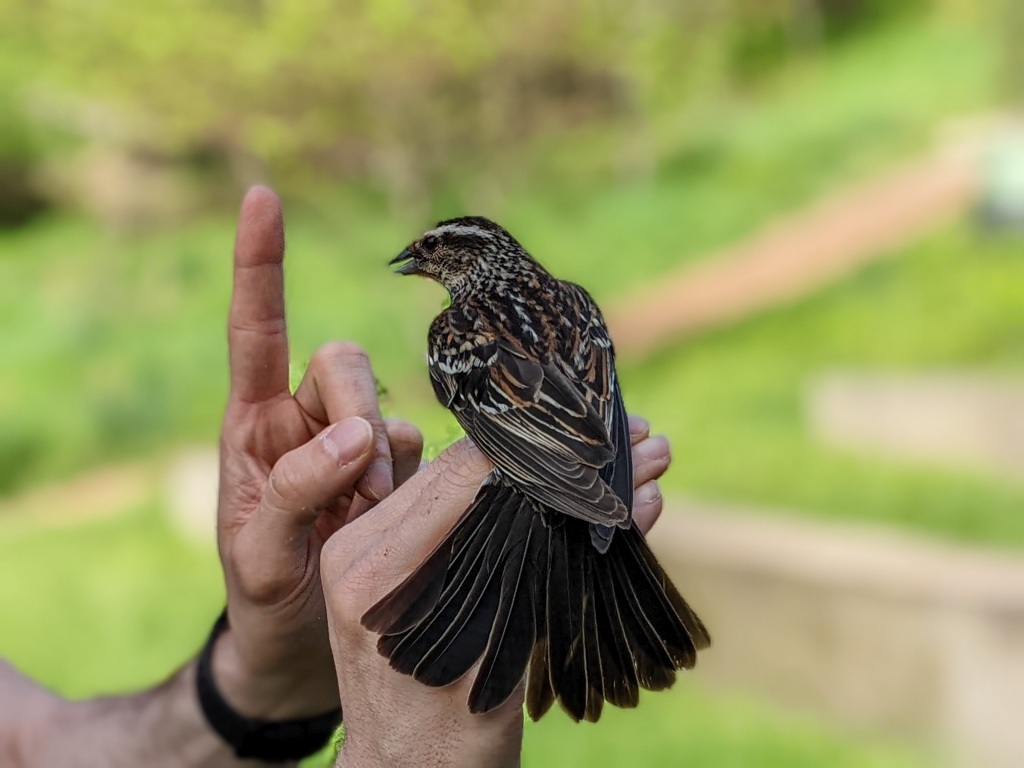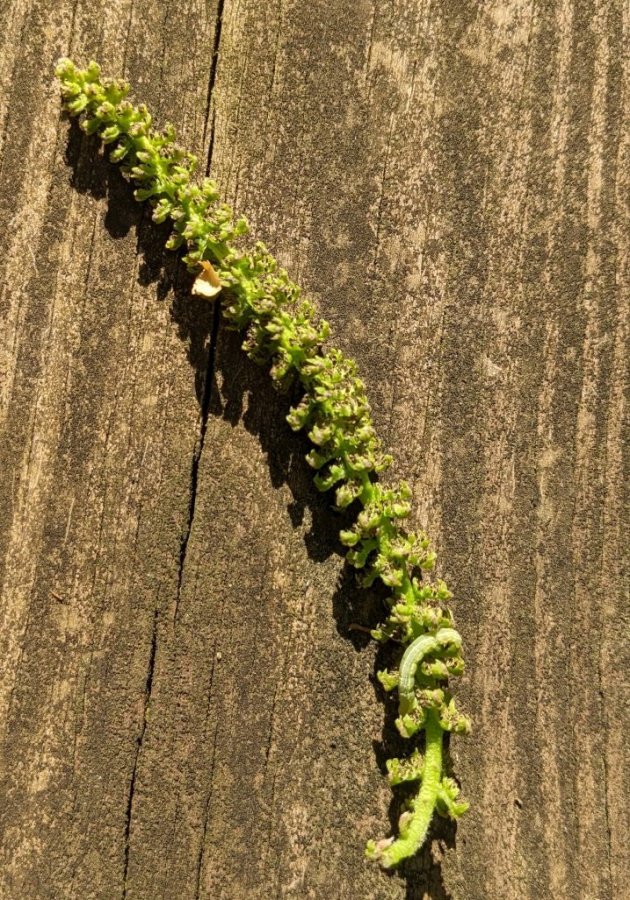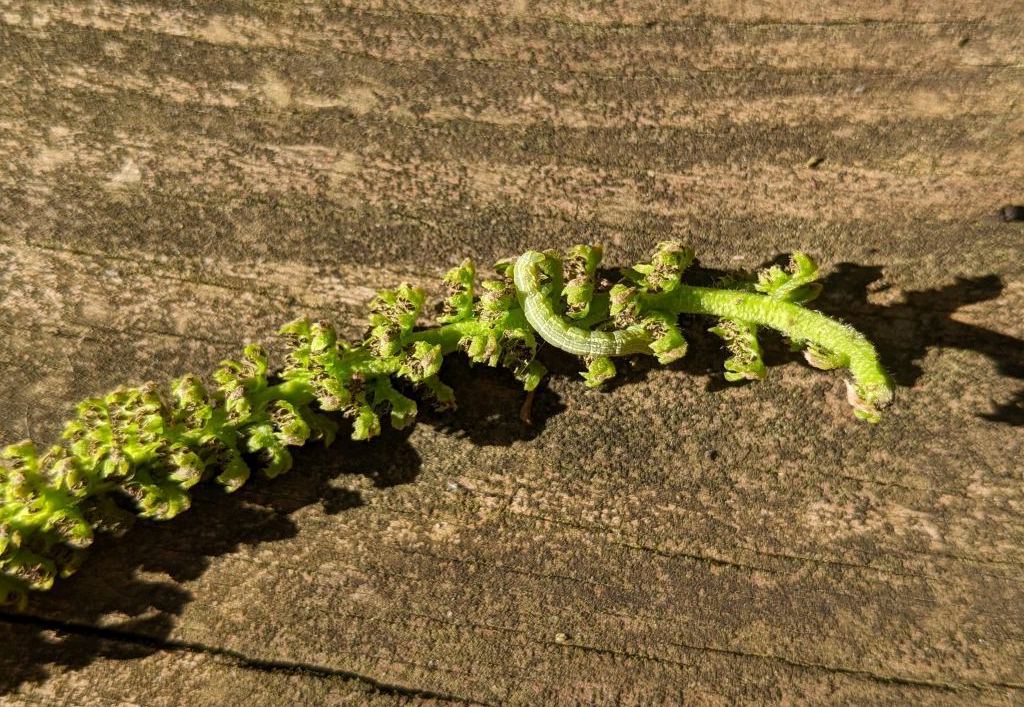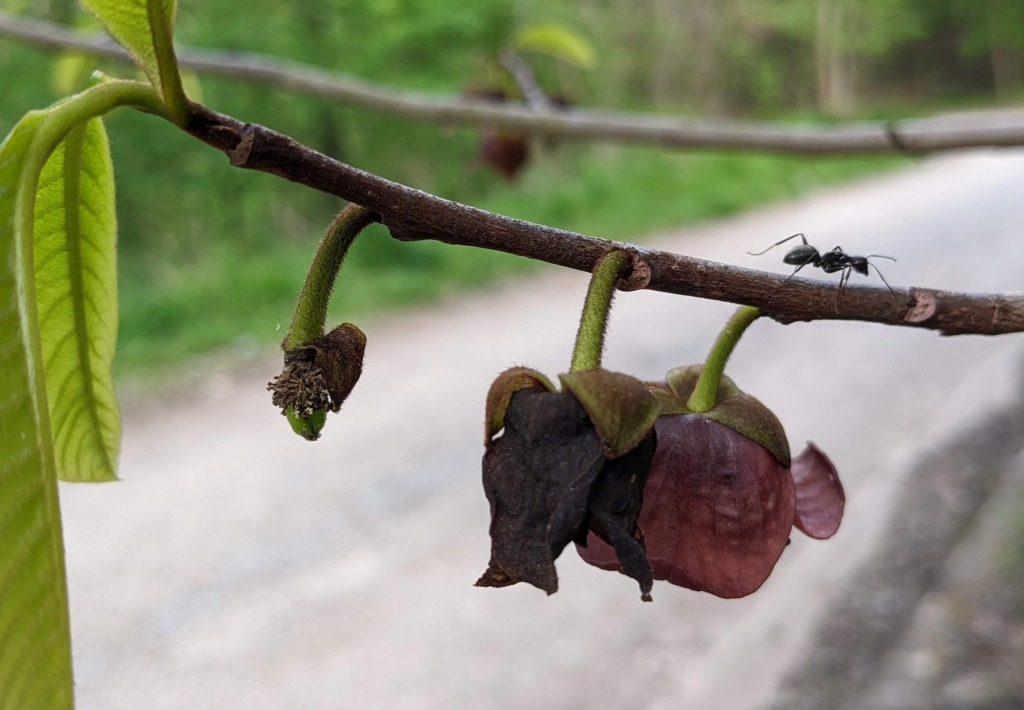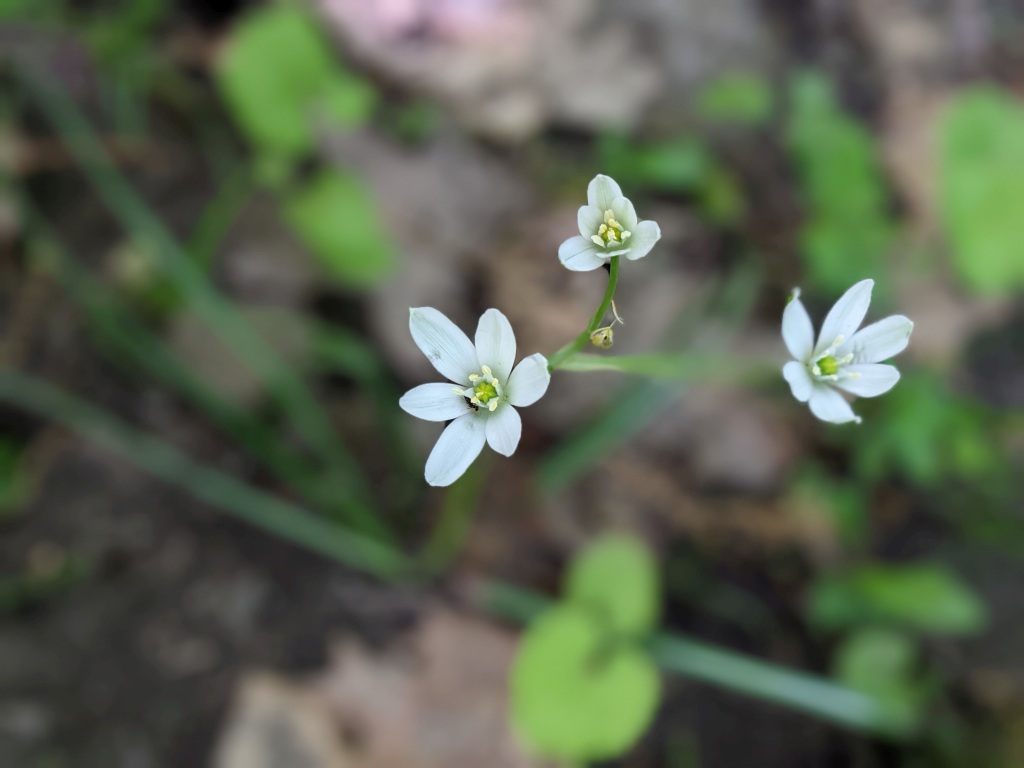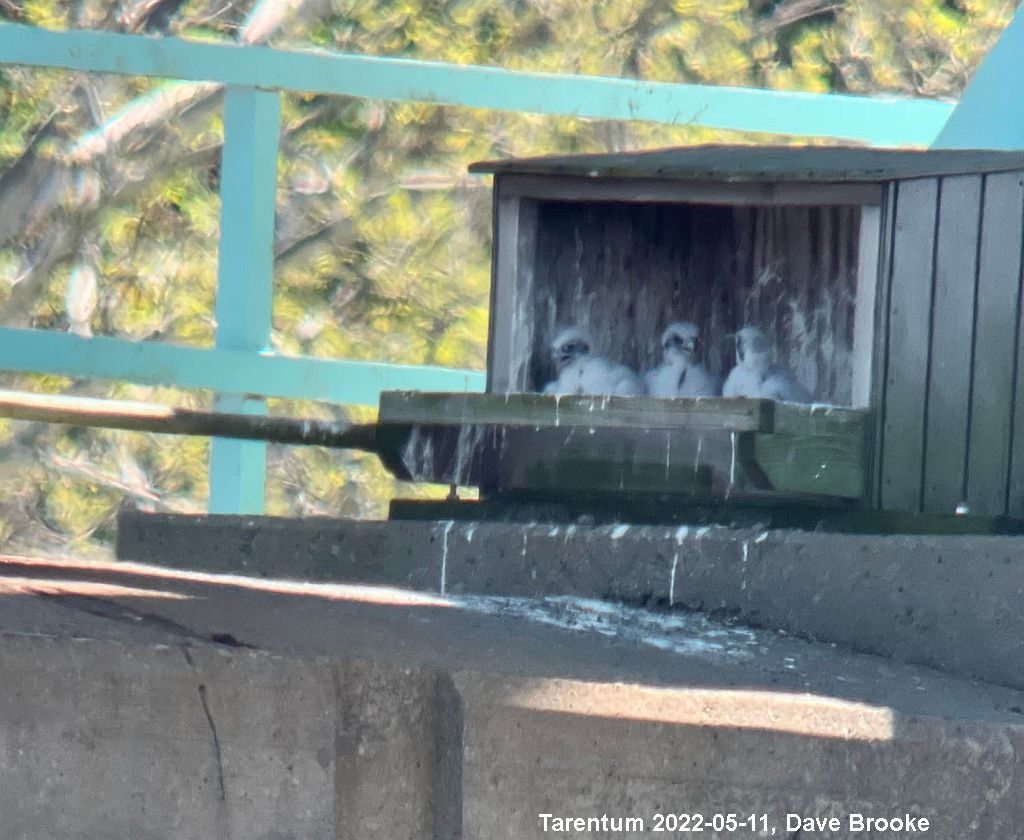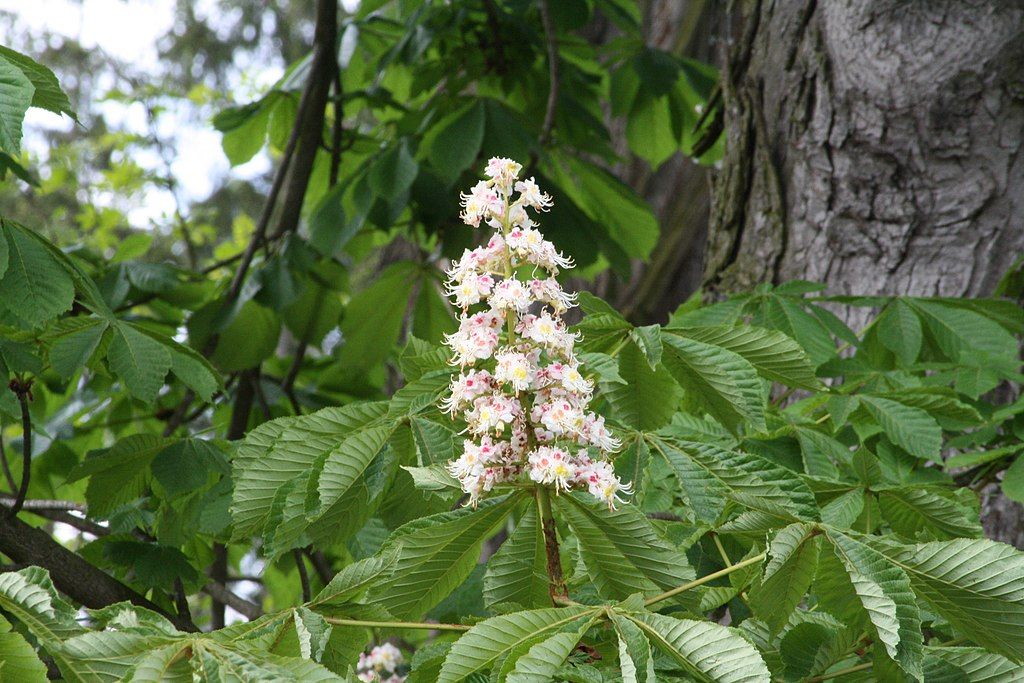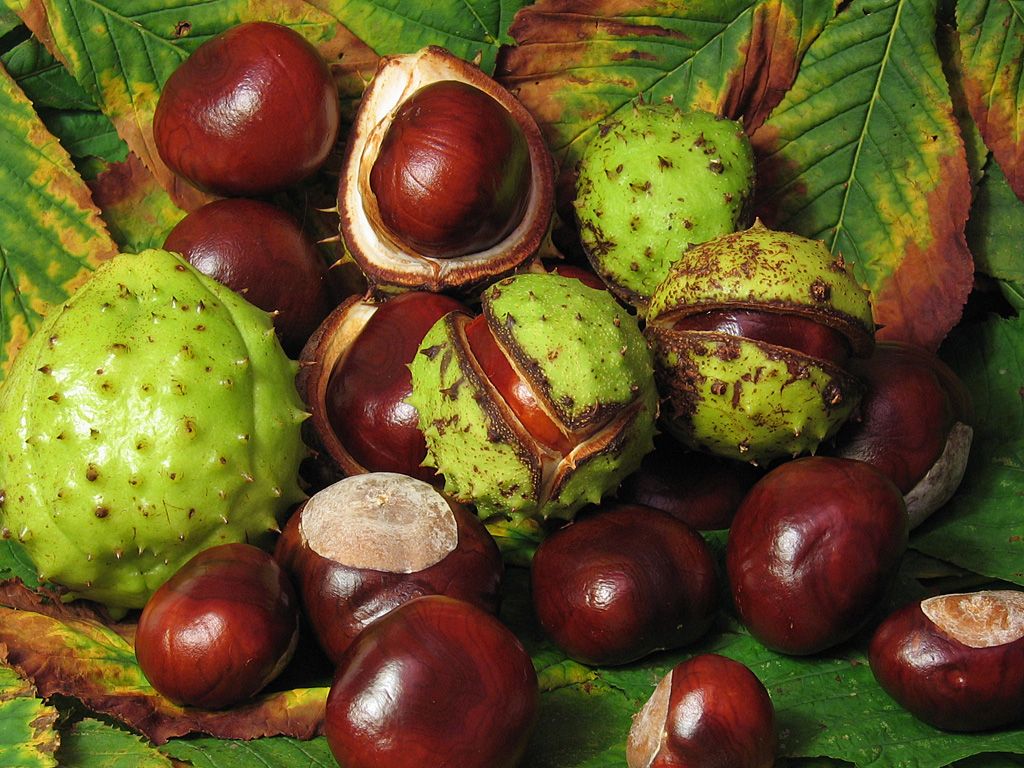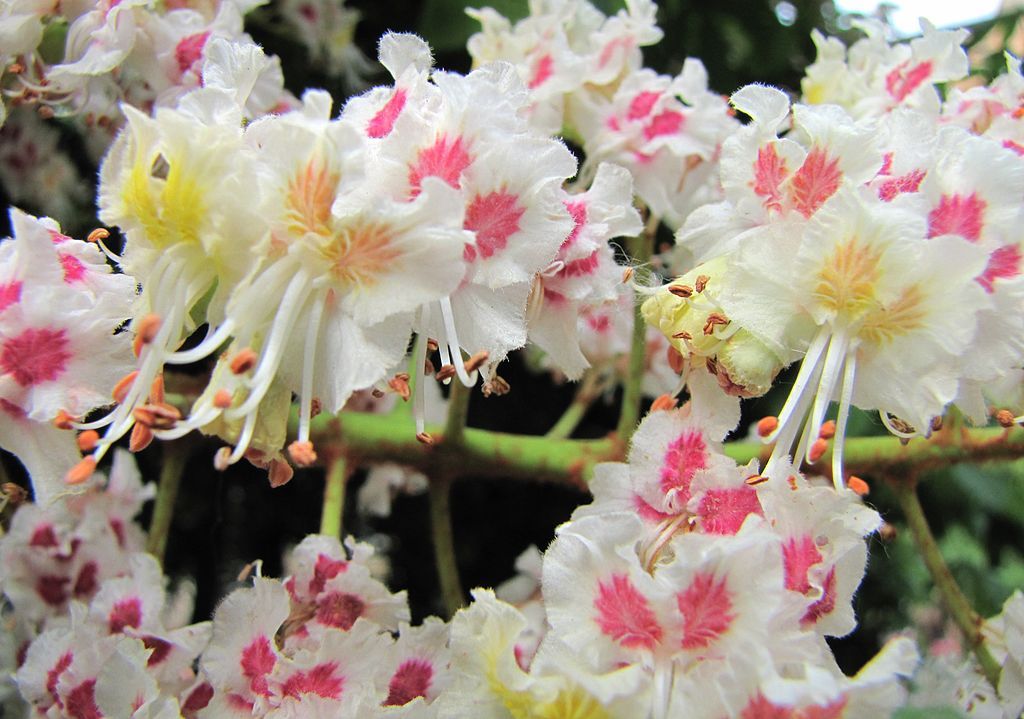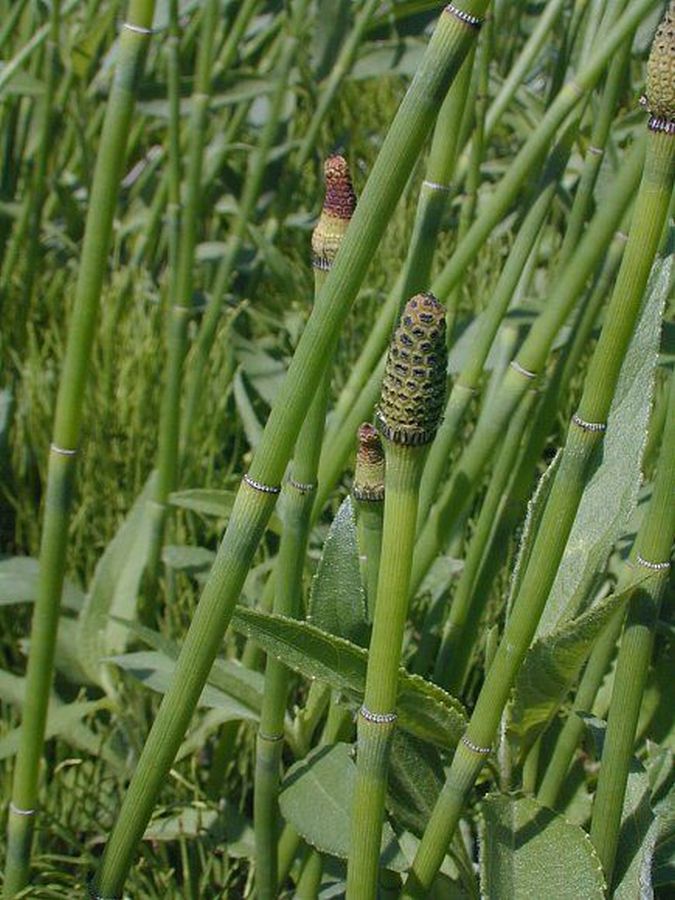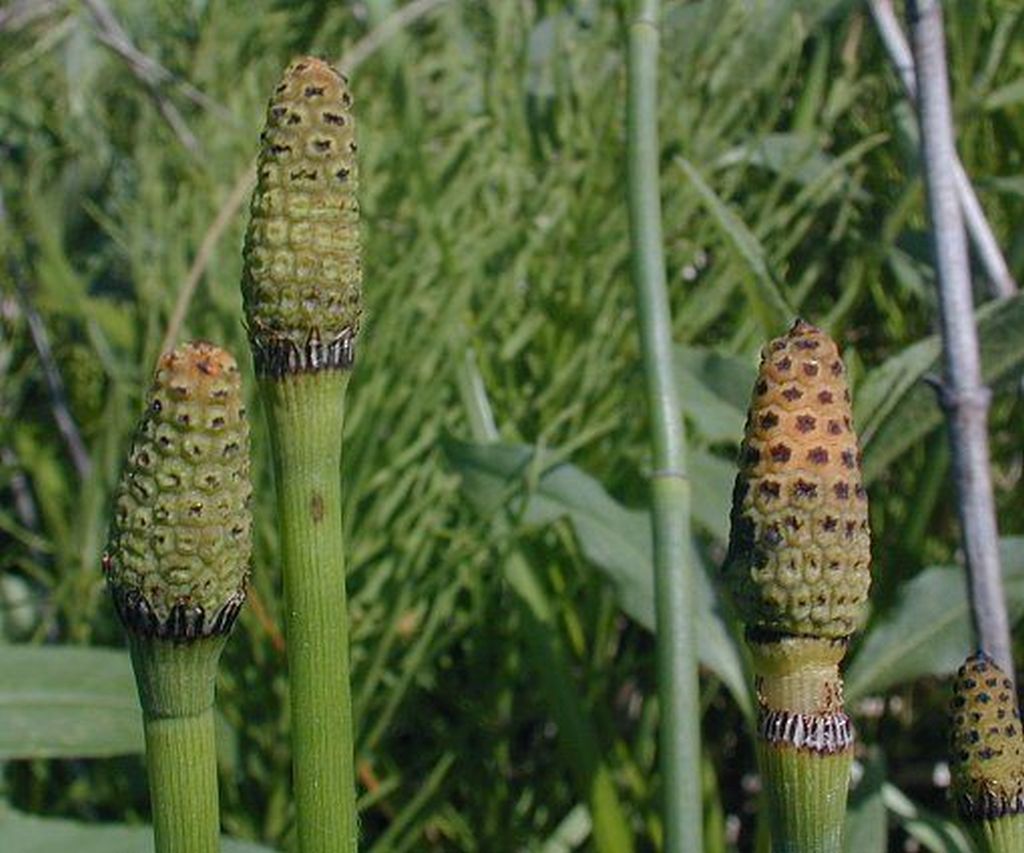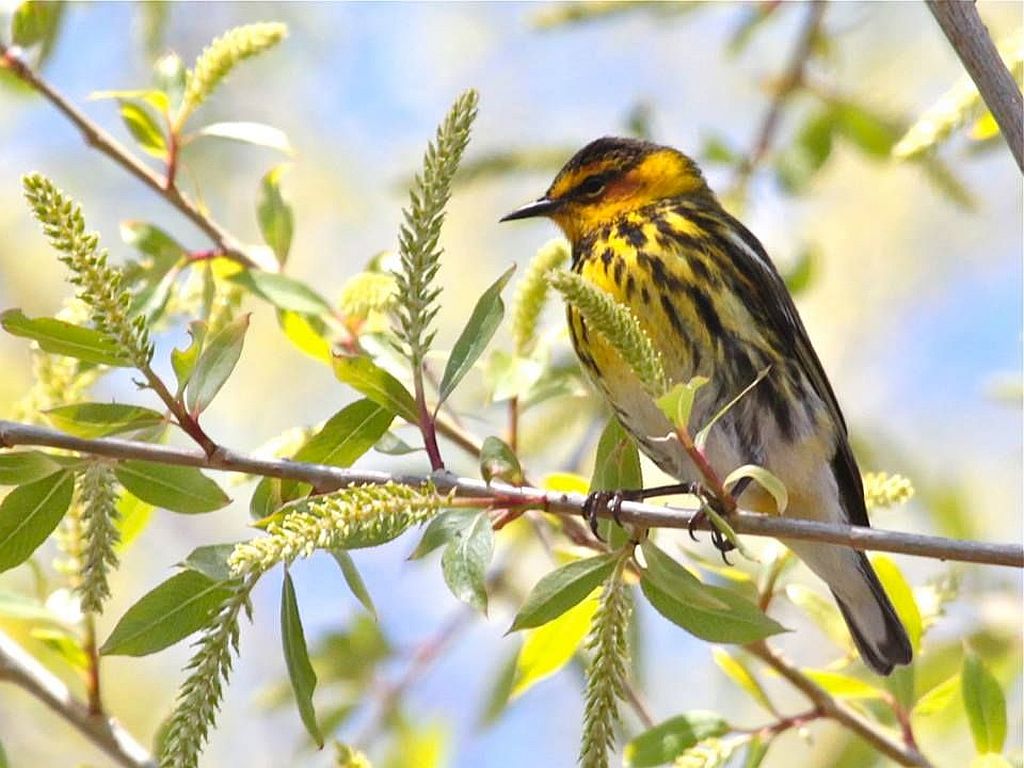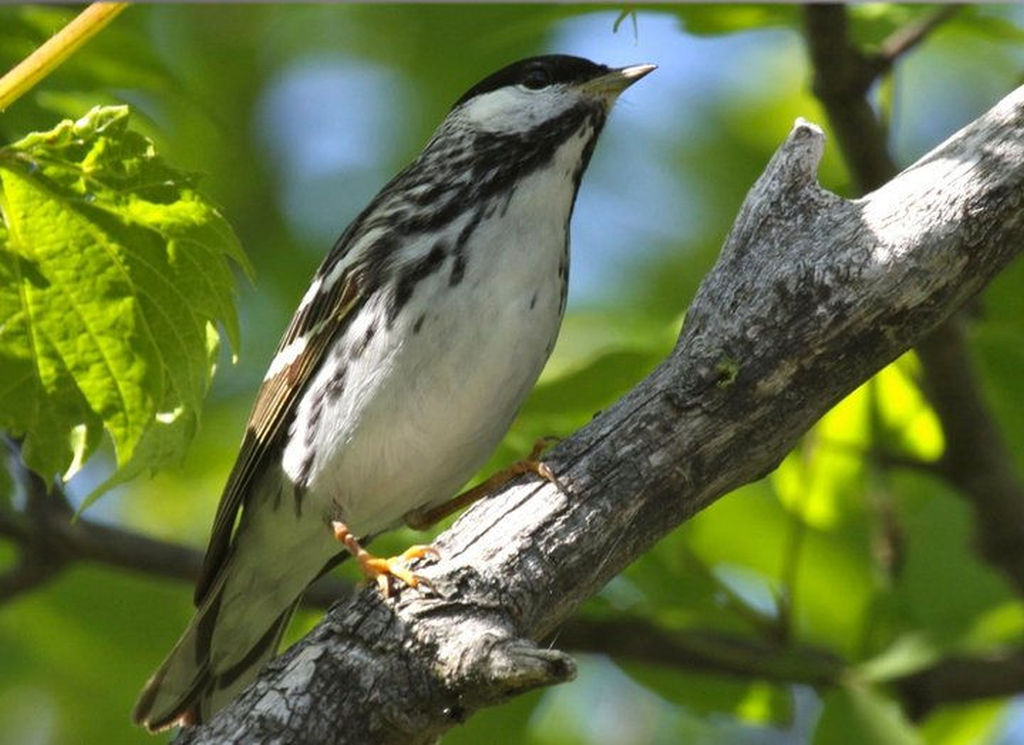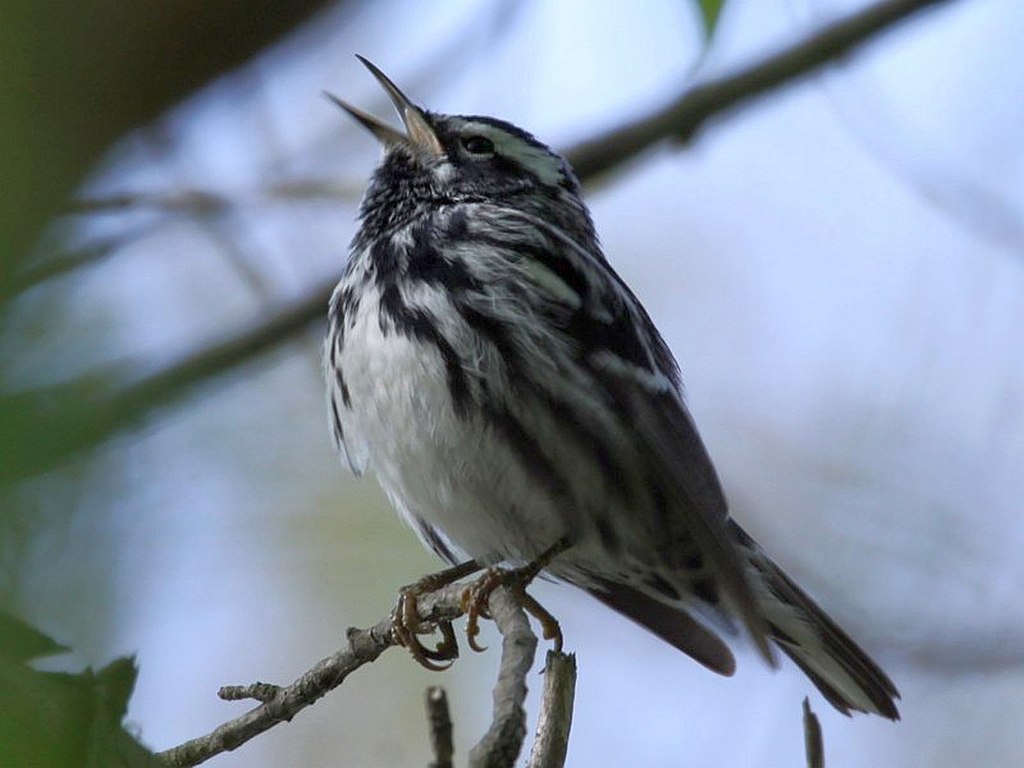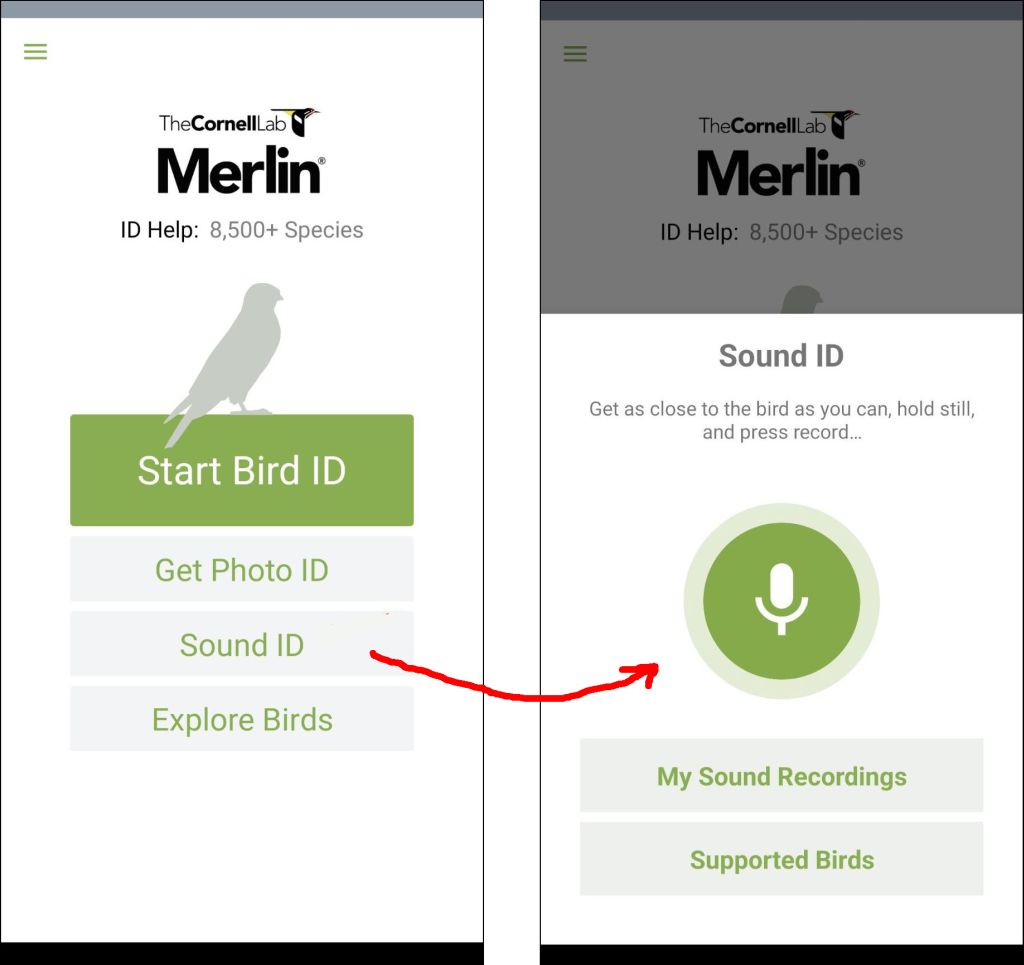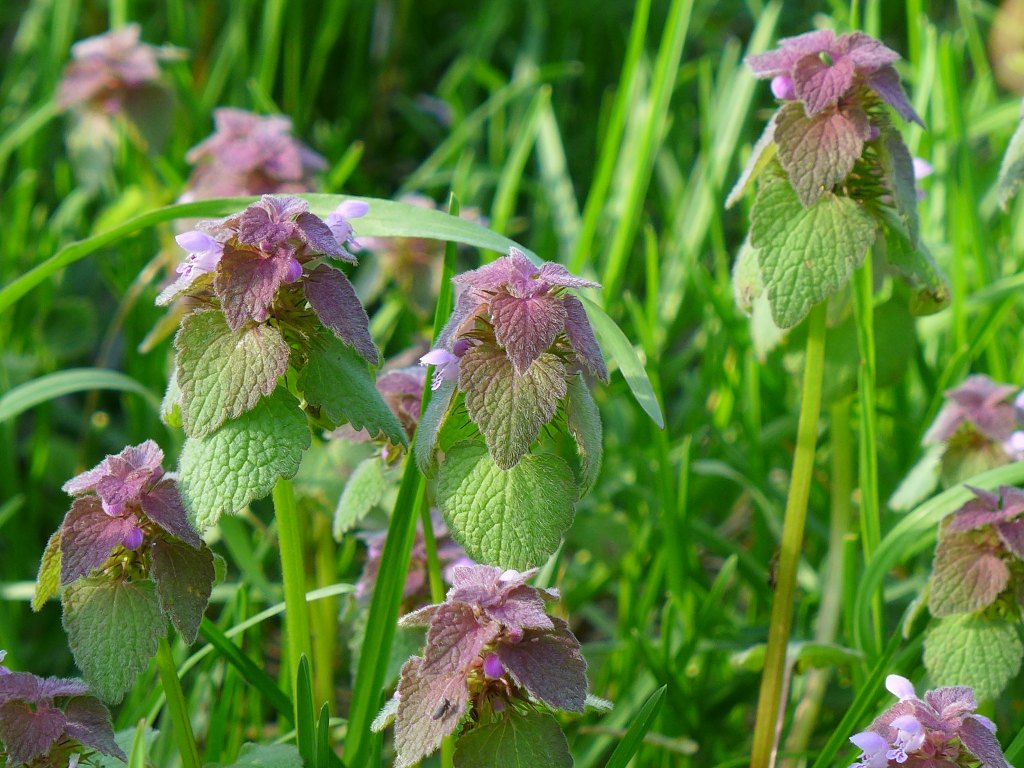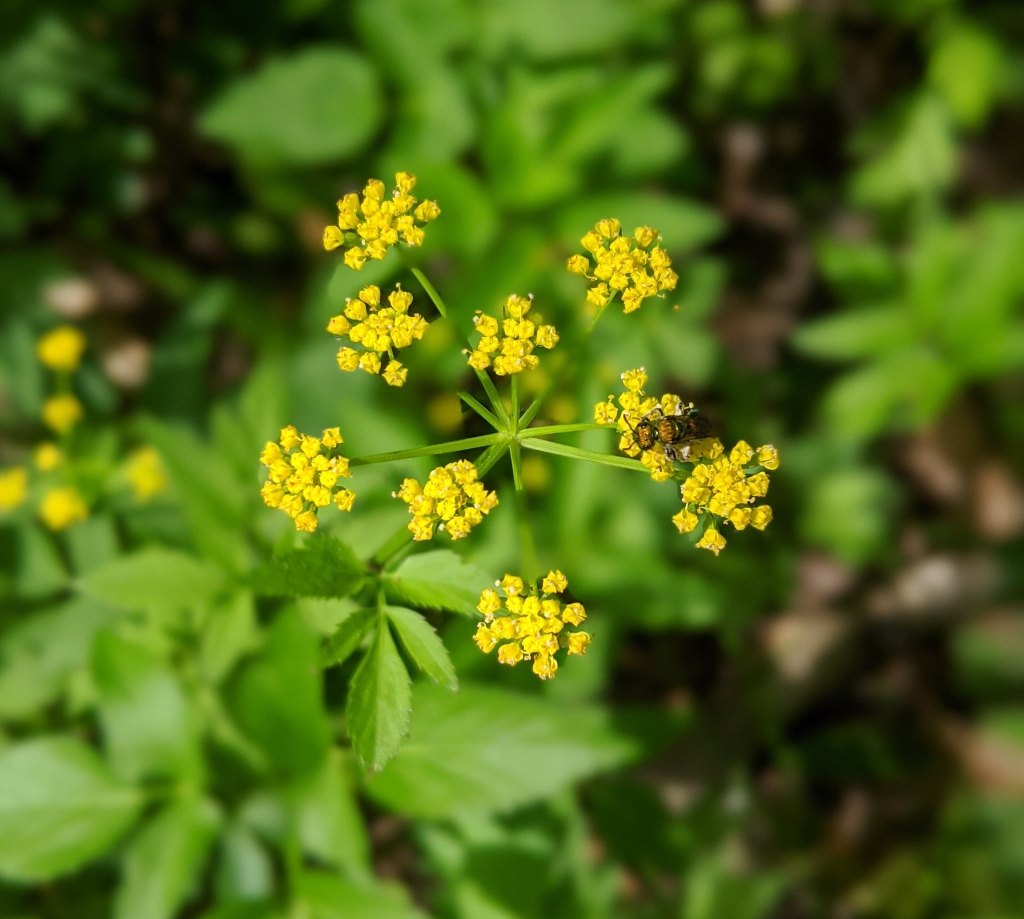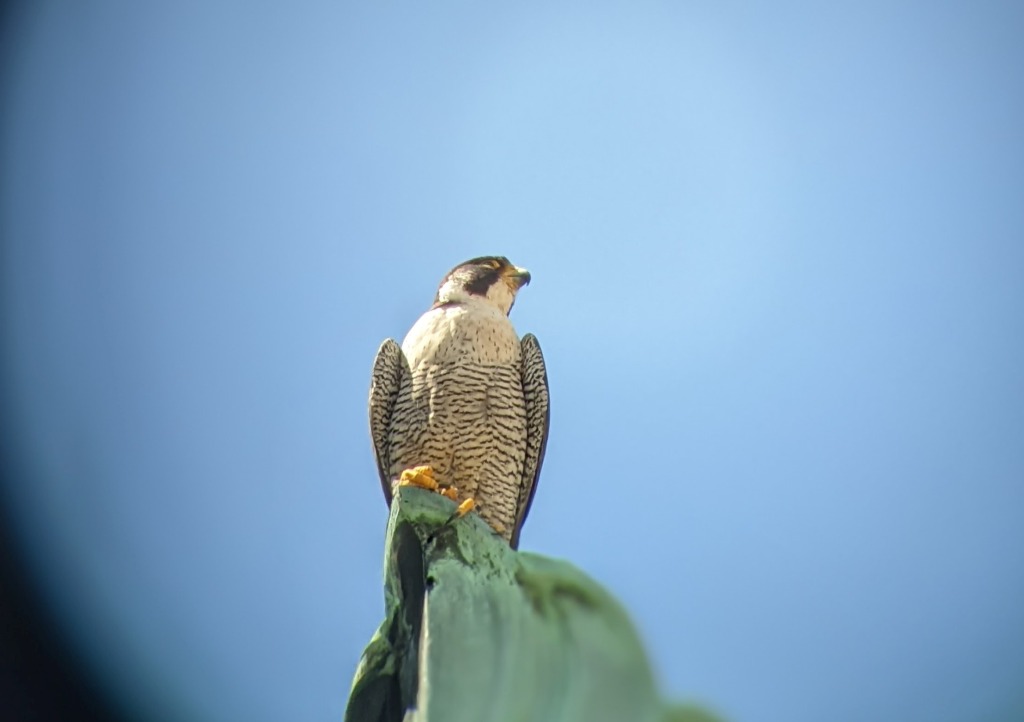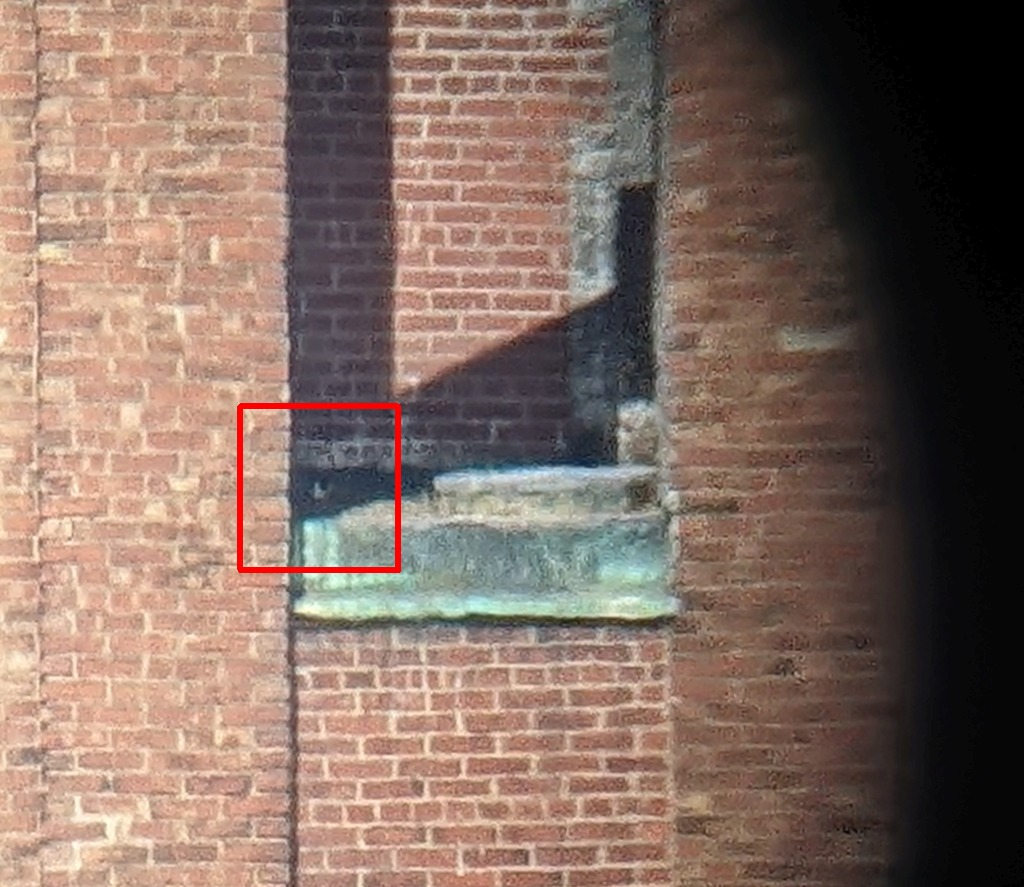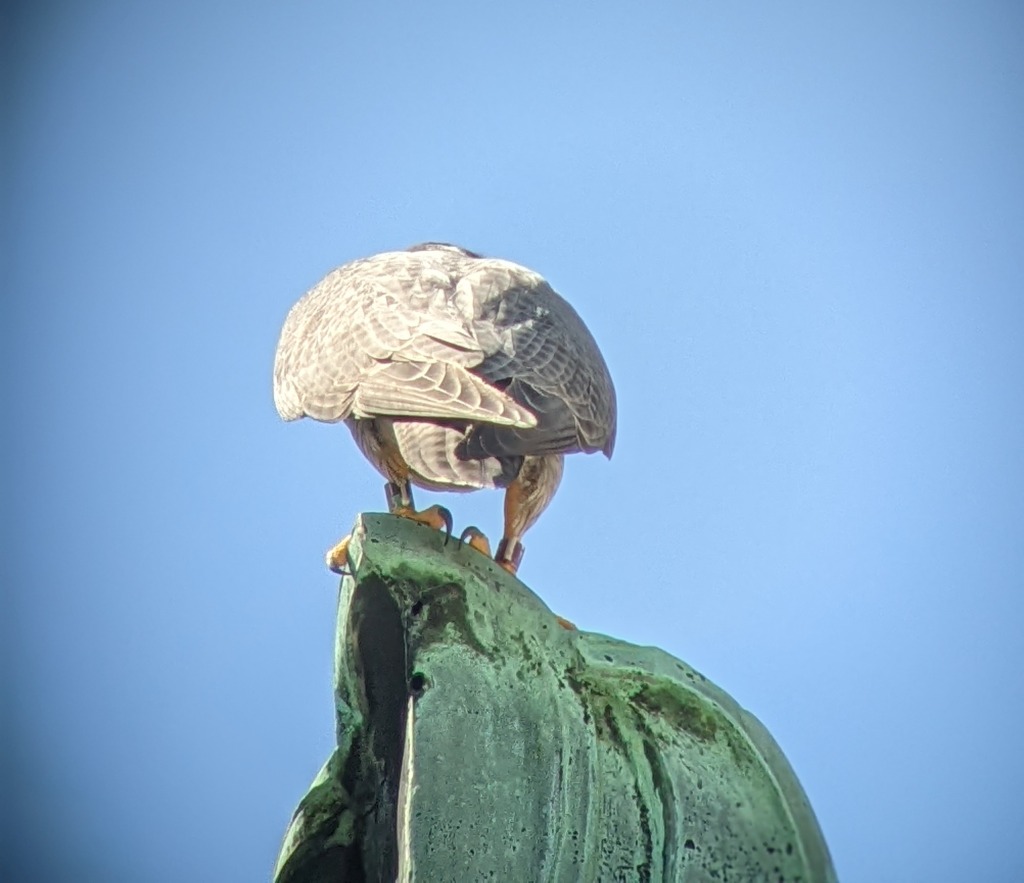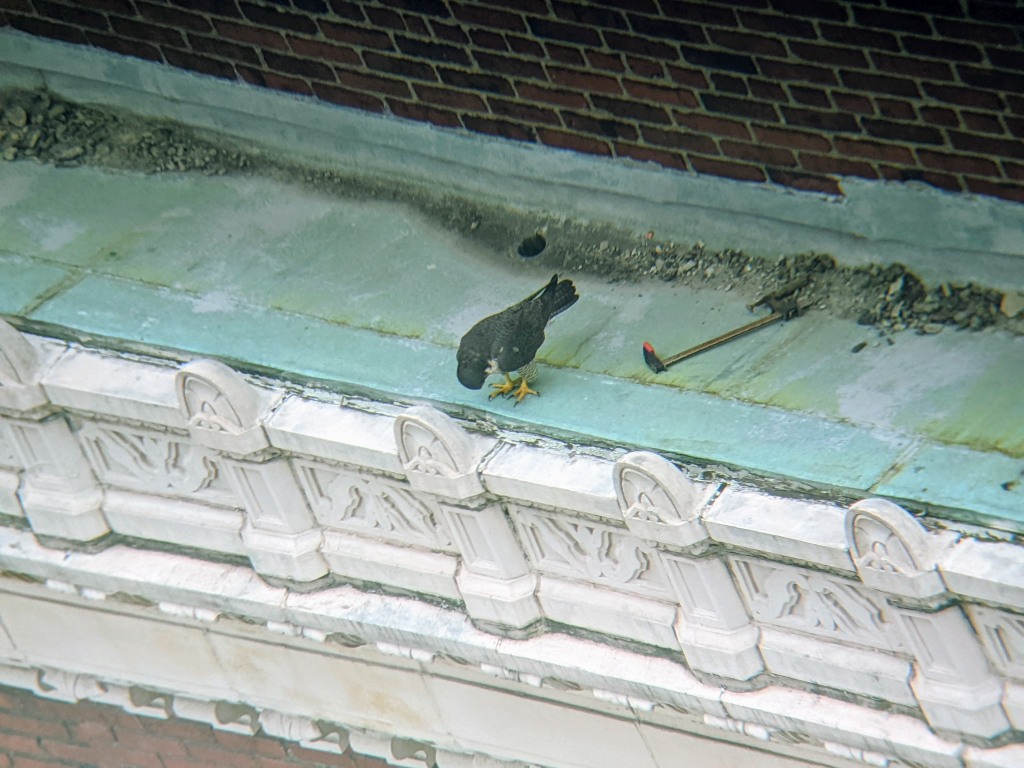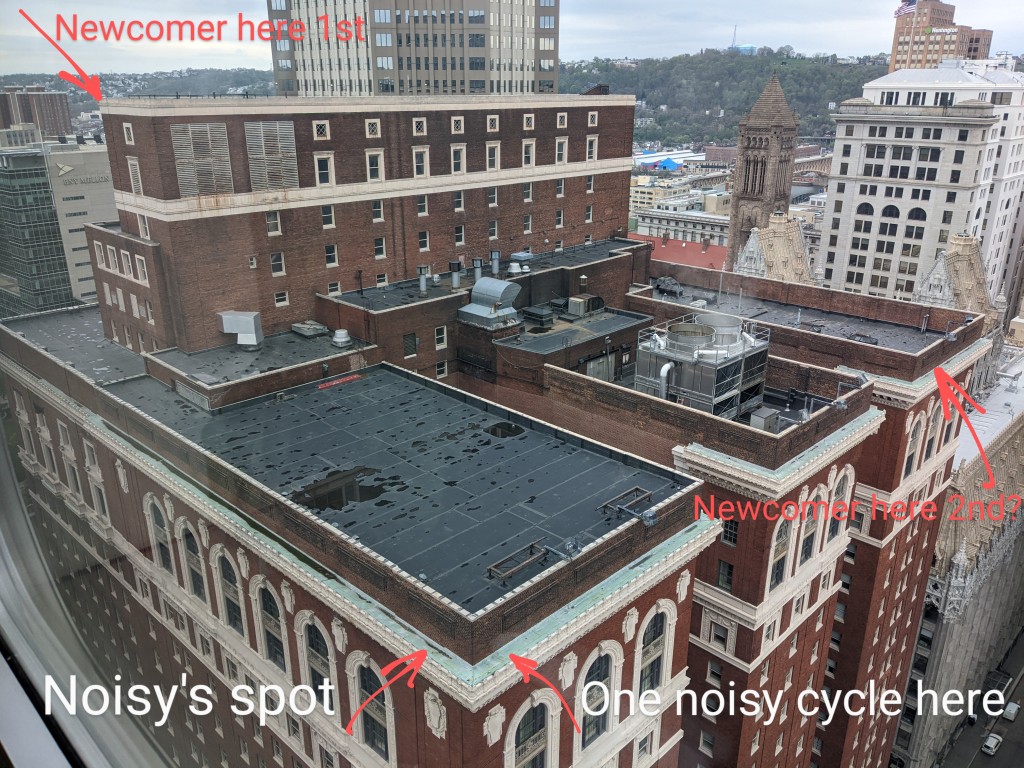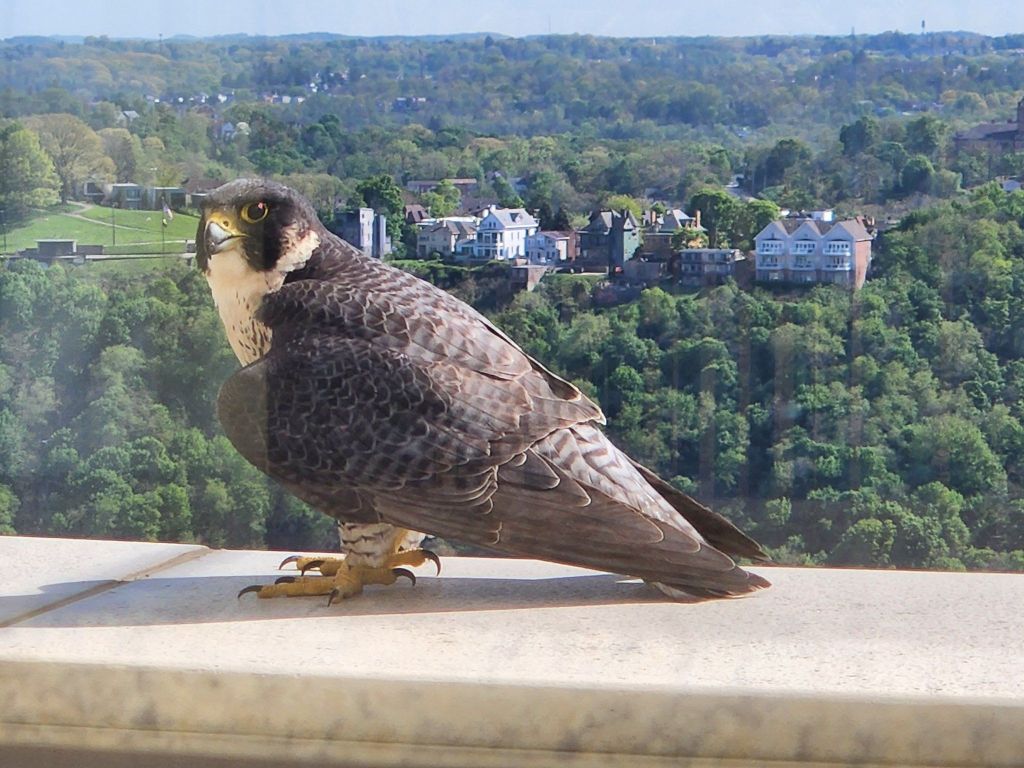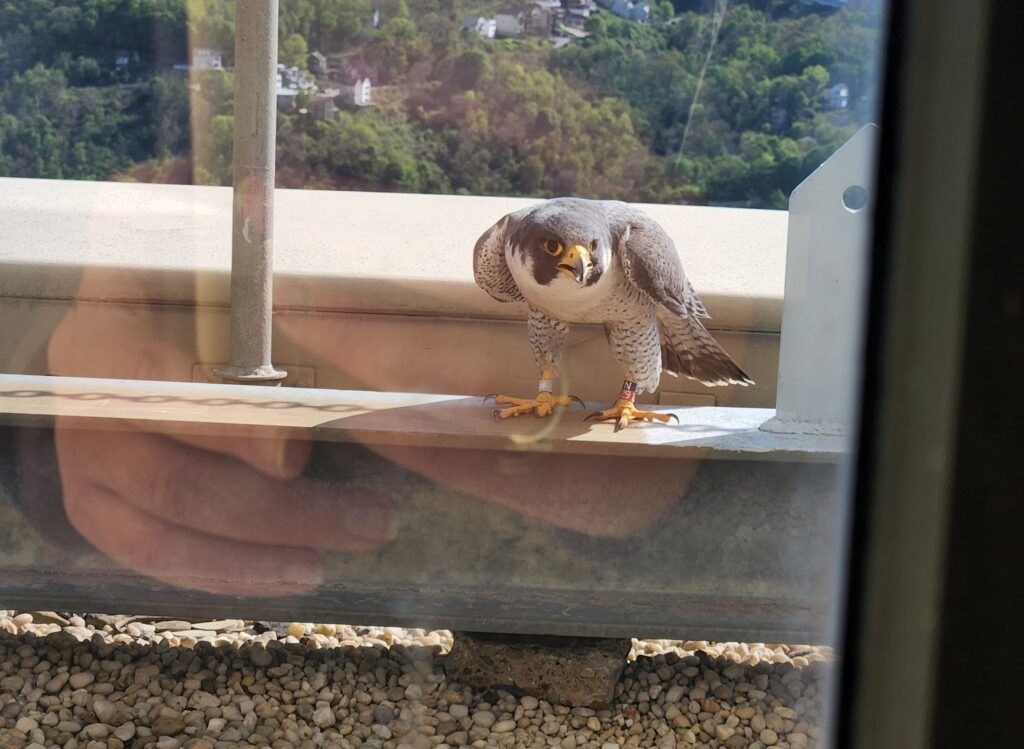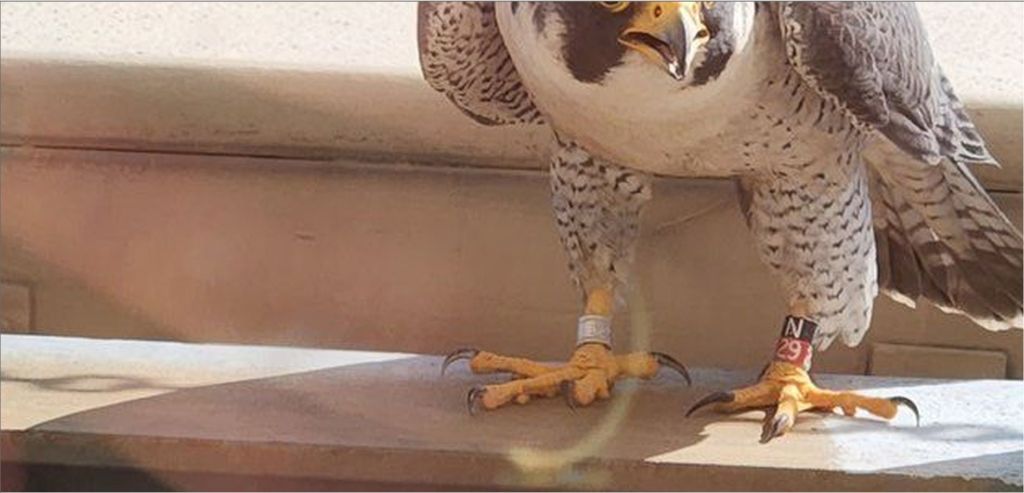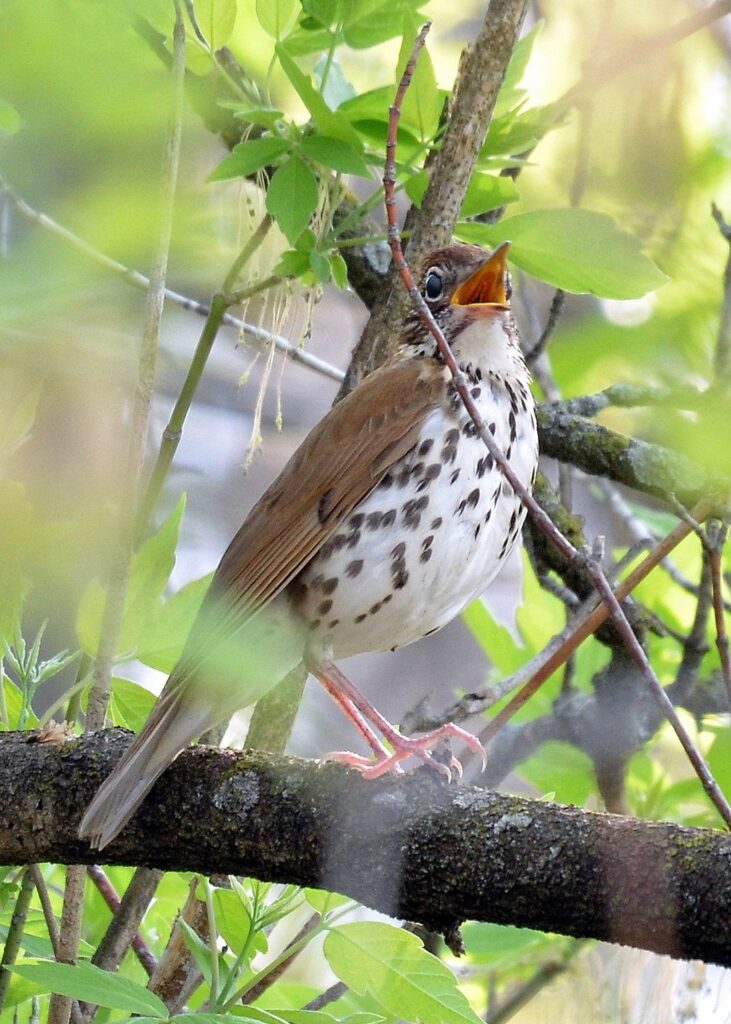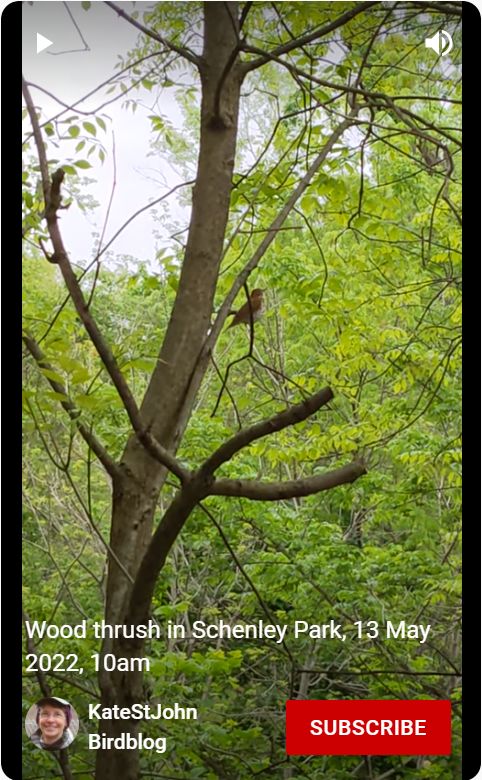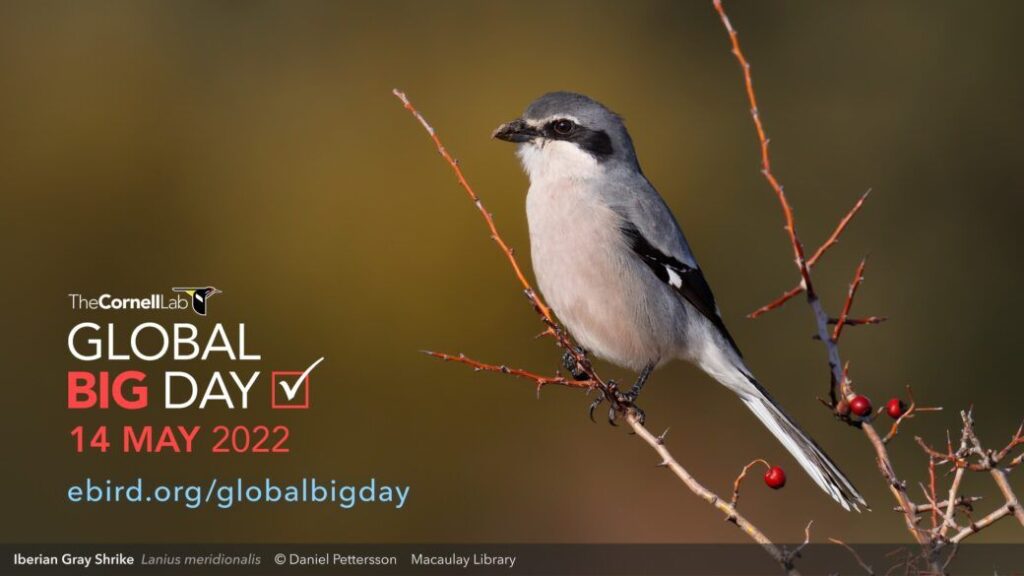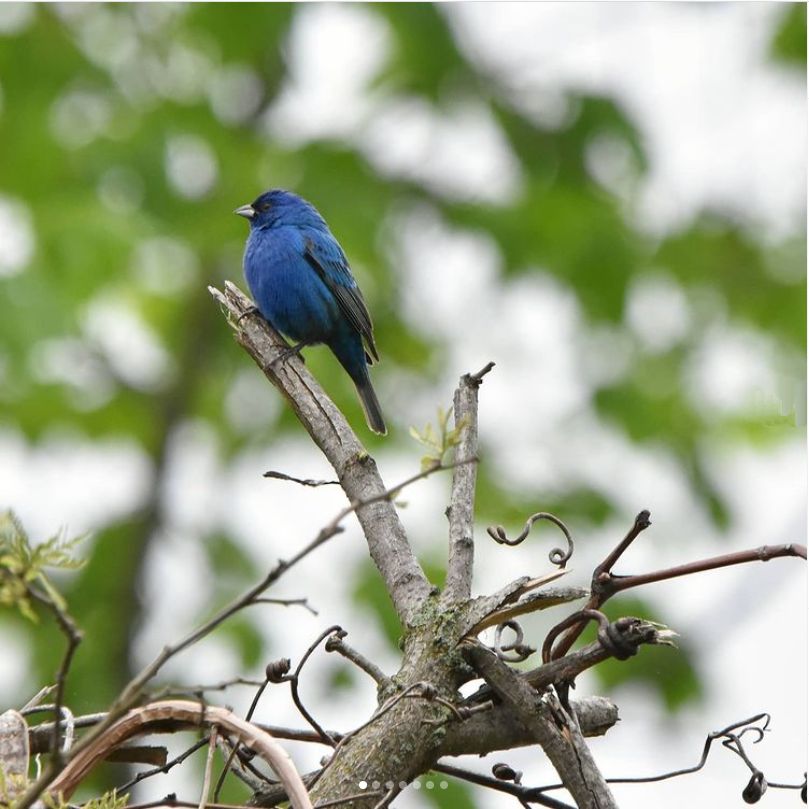
21 May 2022
Of the eleven peregrine sites we’re monitoring in Southwestern PA, we know the adults are bringing food to four nests and we’ve already seen chicks at three of them.
Look for the chicks at all four nests to begin to fly in the next three weeks.
Cathedral of Learning, Univ of Pittsburgh:
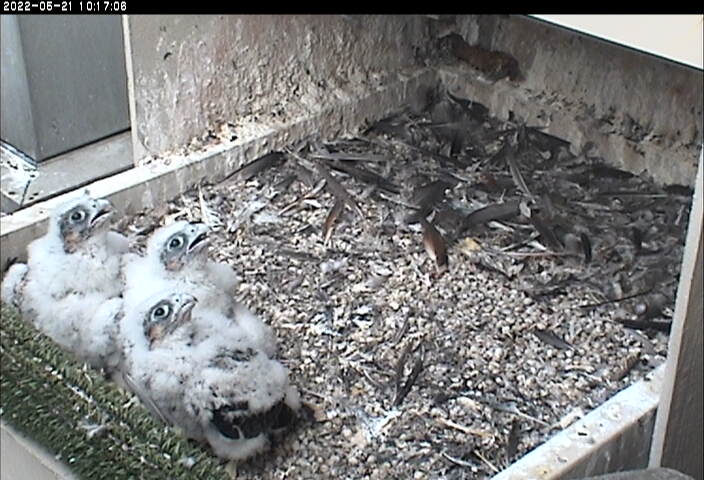
As of today the chicks are 26 days old and very active. On Thursday they started to grab food from Morela and take it away to eat, so yesterday Ecco brought prey for them to prepare and eat on their own. They couldn’t figure out what to do with it.
In this Day-in-a-Minute video you can see the prey item in the middle of the nestbox for a while. It’s a yellow-billed cuckoo. Morela fed it to them eventually.
I expect the Pitt nestlings to be on camera through the end of May, then walk off the nest in early June (off camera) and make their first flight a few days later. Watch the Cathedral of Learning nest on the National Aviary falconcam to see if I’m right.
Stay tuned for Fledge Watch fun in early June. Schedule to follow soon.
Eckert Street / McKees Rocks Bridge area, Ohio River:
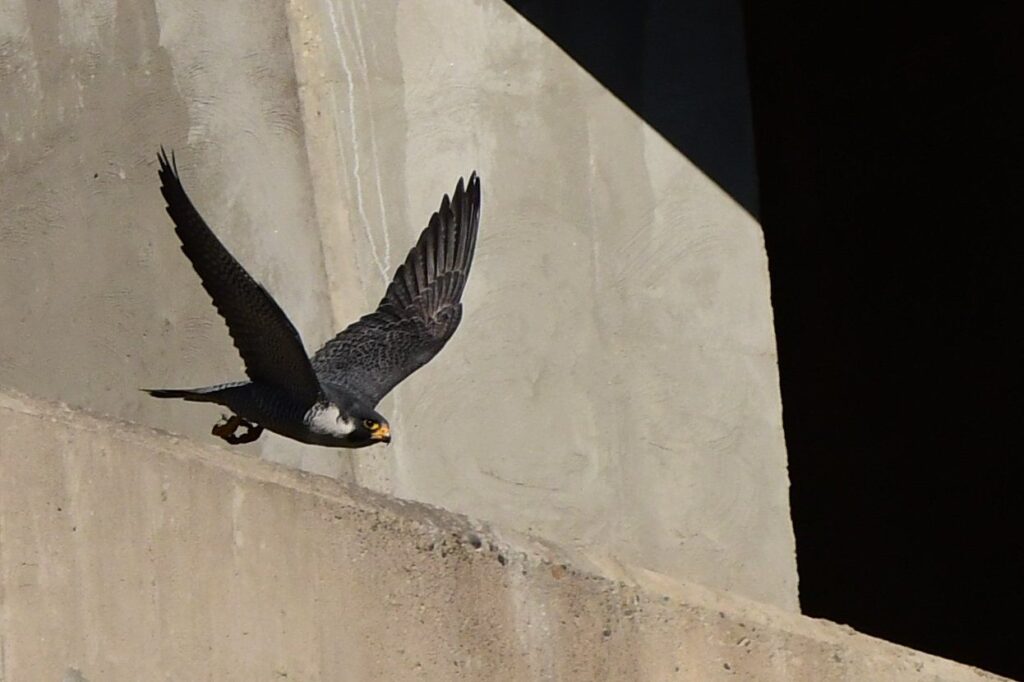
When Jeff Cieslak last checked on the Eckert Street peregrines on 10 May, the male was bringing food to nest. Jeff’s been out of town since then so … though we know there are chicks in the nest no one has seen them yet. Stop by Eckert Street and see what’s up.
Westinghouse Bridge, Turtle Creek:
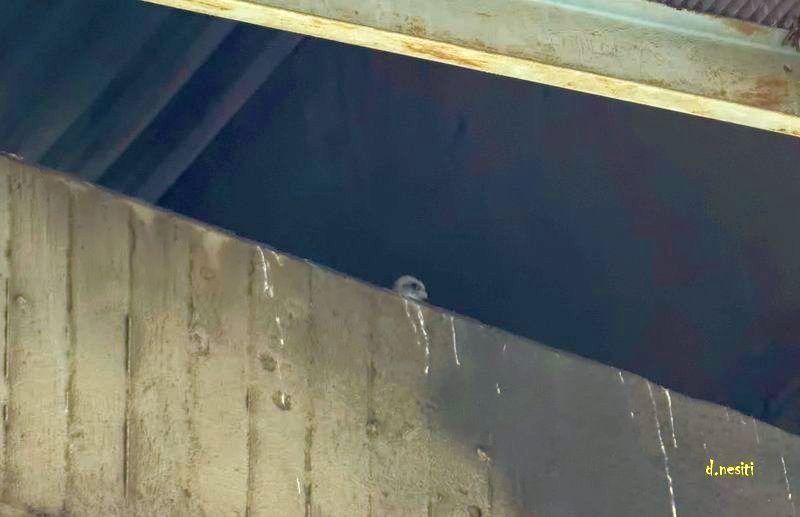
On 20 May Dana Nesiti saw a chick at the edge of the nest ledge. This one may be the same age as the Pitt peregrine chicks. Watch for them to fly in early June.
Tarentum Bridge, Allegheny River:
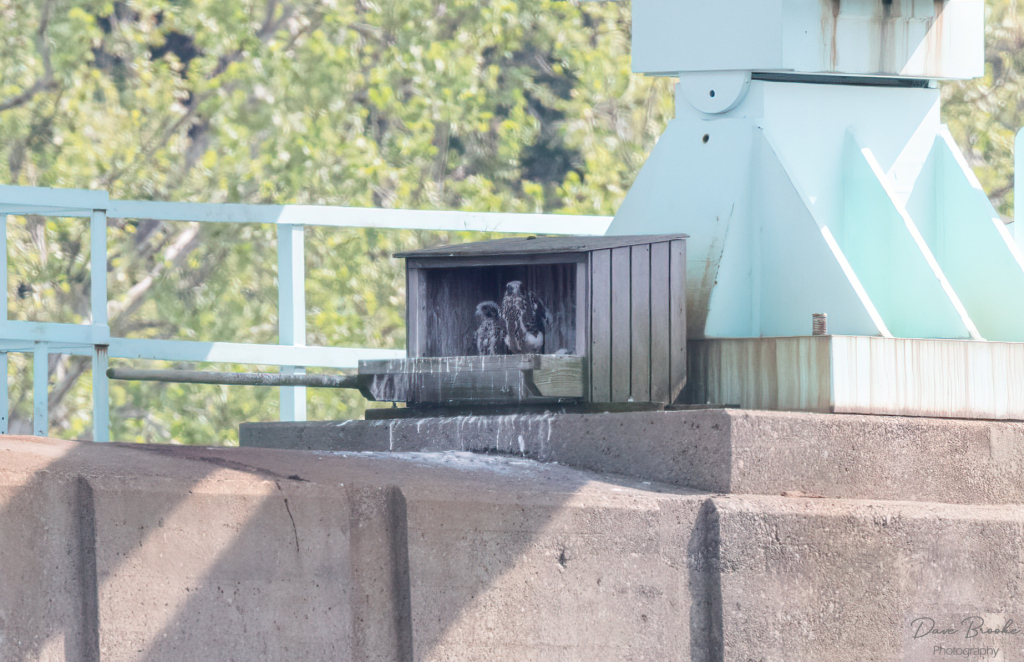
The 3 young peregrines at the Tarentum Bridge are a week older than the Pitt nestlings and will fly before the end of May. Stop by soon if you want to see them! More information here.
(photos by National Aviary falconcam at Univ of Pittsburgh, Jeff Cieslak, Dana Nesiti)
